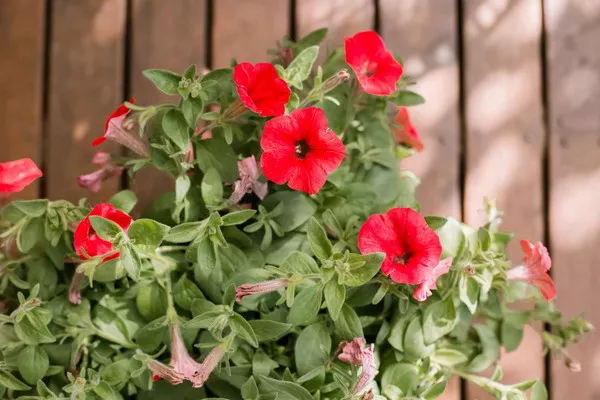A recent study conducted by the University of Reading sheds light on the crucial role played by predatory insects, such as hoverflies, lacewings, and ladybirds, in protecting Britain’s apple orchards. The research indicates that establishing wildflower strips around apple orchards creates an environment conducive to these beneficial insects, which in turn prey on pests responsible for deformities and damage to apples.
The study, centered around five dessert apple orchards in the U.K., introduced flower margins as part of the orchard landscape. The results were striking, with only 48% of trees exhibiting fruit damage in orchards with flowers, compared to 80% in orchards without these floral habitats.
In the United Kingdom, dessert apple production reached 200,000 metric tons, valued at £158 million, in 2020. The two-year study, documented in the Journal of Applied Ecology, suggests that the addition of flower margins could potentially boost apple harvests by up to 2,420 kg per hectare (6.9%), offering premium apples with minimal damage.
Charlotte Howard, the lead author from the University of Reading, emphasized the significance of cultivating beneficial insects to ensure apple health. She stated, “By looking after our creepy crawlies, we can take better care of our apples. Planting flower margins near fruit trees is a sustainable way of preventing damage to crops as it reduces reliance on insecticides. We will get more good bugs on farms and better British food in supermarkets as more flower strips are added next to orchards.”
The study incorporated large, mature wildflower margins exceeding five meters in width, featuring grasses and flowers chosen to provide year-round food sources for the insects. The established nature of these margins allowed diverse communities of predatory insects to thrive over time.
Notably, the flower margins not only curtailed aphid spread on trees but also reduced the extent of fruit damage on infested trees. Apples located near these floral borders had over a third less chance of experiencing fruit damage, even during peak aphid outbreaks. The positive impact extended up to 50 meters into orchards from the floral habitats.
This study underscores the potential of simple conservation measures, like dedicating orchard edge habitats for wildflowers, to reduce the dependence on pesticide sprays, promoting sustainable food production by nurturing pollinators and biocontrol insect species.


